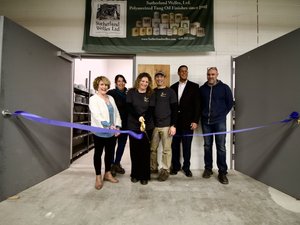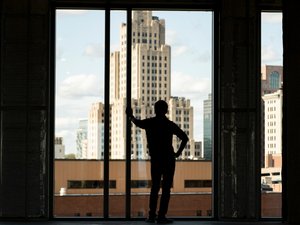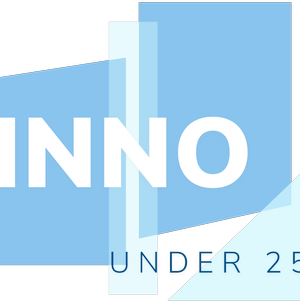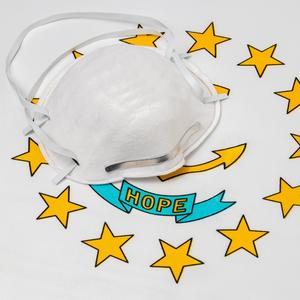
It's hard enough staying in shape on earth, but if you've been in space, it can be almost impossible when you return to Earth.
If humans ever settle on the Moon, they’ll have to adjust to a different schedule of daylight, which could lead to a higher risk of disease, including cardiovascular disease, obesity, type 2 diabetes and depression. On top of that, the Moon has a very low gravity (approximately 20% compared to Earth's) that results in muscle atrophy and bone loss.
Using grant funding from NASA, University of Rhode Island nutrition professor Marie Mortreux is conducting a series of studies that examine disruption of the circadian rhythm and other impacts caused by low gravity astronauts on NASA’s Artemis mission will face on the moon.
Lack of gravity can can cause astronauts to suffer significant bone and muscle weakness to the point they can’t stand immediately upon return and the loss of muscle also affects their ability to process glucose in the body, which is exacerbated by altered light patterns in space that affect the body’s natural circadian rhythm.
After working at a laboratory at Harvard Medical School, which was funded by NASA, Mortreux realized that space biology was a field of research she wanted to explore.
“Every system has to adapt and I thought it was a fantastic way to allow me to explore all my research interests. We have such a wonderful understanding of how the body works on Earth, but as we plan on further exploring our solar system, including the Moon and Mars, it is really important to understand what will happen in these low-gravity environments,” she said.
Mortreux’s studies will help determine the existence of sex-based differences in response to spaceflight stressors, muscle recovery, and the impact of circadian disturbances on muscle health and function using a unique partial weight-bearing contraption she designed to simulate partial gravity. One group of rats will be exposed to normal light cycles found on Earth while another group will be kept in constant light, and the experimental group will be exposed to a six-hour phase shift of light every other day.
According to Mortreux, the data researchers currently use is mostly obtained from studying professional astronauts who have been living in Low Earth Orbit, and only a scarce number are women.
“If we want to make space a place for all, we need to better understand how different organisms and people will adjust to this new environment,” she said. “A person spending a few hours in a spacecraft will not experience the same stressors as someone working for a few months on the lunar surface for example. So it is really important to develop models to better study the combined impact of several stressors (for example, altered light cycle and altered gravity), so we can prepare countermeasures and develop therapies.”
Mortreux said the study assessing the combined effect of altered light cycles and altered gravity will be starting at URI in the spring, and should be completed within the year.
“First, we wish to understand if these two stressors will have additive effects and might further compromise health, and second, are males and females responding similarly? This will help us better prepare for the lunar missions, and will allow us to work on countermeasures or therapeutic strategies that will be efficient for all,” she said.
Sign up for Providence Business First’s free daily newsletter here








